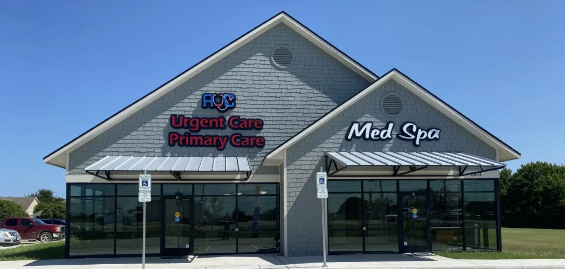In the ever-evolving field of medicine, the importance of surgical training cannot be overstated. Surgeons must continually hone their skills and adapt to new techniques and technologies to provide the best possible care for their patients. One of the most effective ways to enhance surgical training is through the use of simulation and skill development tools. In this article, we will explore how these tools are transforming surgical education and improving patient outcomes in the USA.
1. The Evolution of Surgical Training:
Surgical training has come a long way from the traditional “see one, do one, teach one” approach. With advancements in medical technology and a growing emphasis on patient safety, modern surgical education has shifted towards a more structured and immersive learning experience. Simulation and skill development tools play a pivotal role in this evolution.
2. Realistic Simulations:
Simulation tools provide aspiring and seasoned surgeons with a safe and controlled environment to practice various surgical procedures. These simulations are incredibly lifelike, mimicking the feel and challenges of actual surgeries. Surgeons can gain valuable hands-on experience without putting patients at risk.
3. Skill Mastery:
Skill development tools go hand in hand with simulations. They offer a comprehensive range of instruments and equipment that surgeons need to become proficient in their craft. These tools allow surgeons to focus on perfecting specific techniques, improving dexterity, and mastering the use of cutting-edge surgical devices.
4. Repetition and Confidence Building:
One of the key benefits of simulation and skill development tools is the opportunity for repetition. Surgeons can perform procedures multiple times, making mistakes and learning from them in a risk-free environment. This repetition builds confidence and competence, ultimately translating to better patient care.
5. Bridging the Gap:
Surgical education has often faced challenges related to the transition from the classroom to the operating room. Simulation and skill development tools bridge this gap effectively. Surgeons can practice and refine their skills until they are ready to perform procedures on real patients, reducing the learning curve.
6. Continuous Learning:
In the ever-evolving field of surgery, staying up-to-date with the latest techniques and technologies is crucial. Simulation tools can be updated regularly to incorporate new procedures and innovations, ensuring that surgeons remain at the forefront of their specialty.
7. Improved Patient Outcomes:
Ultimately, the use of simulation and skill development tools translates to improved patient outcomes. Surgeons who have undergone extensive training with these tools are better prepared to handle complex surgeries and unexpected complications, leading to safer procedures and better results for patients.
the field of surgical training has been revolutionized by the incorporation of simulation and skill development tools. These tools provide surgeons in the USA with the means to enhance their skills, build confidence, and ultimately deliver better care to their patients. As the medical landscape continues to evolve, Peak Surgicals remains committed to supporting surgeons in their quest for excellence.
Incorporating simulation and skill development tools into surgical education is not just a trend; it’s a necessity. By doing so, surgeons can provide the highest standard of care, and patients can trust that they are in capable hands when undergoing surgery. Peak Surgicals is proud to be a leading advocate for these innovative tools, driving advancements in surgical training for the betterment of healthcare in the USA.





